Southampton medieval walls plan gets green light
- Published
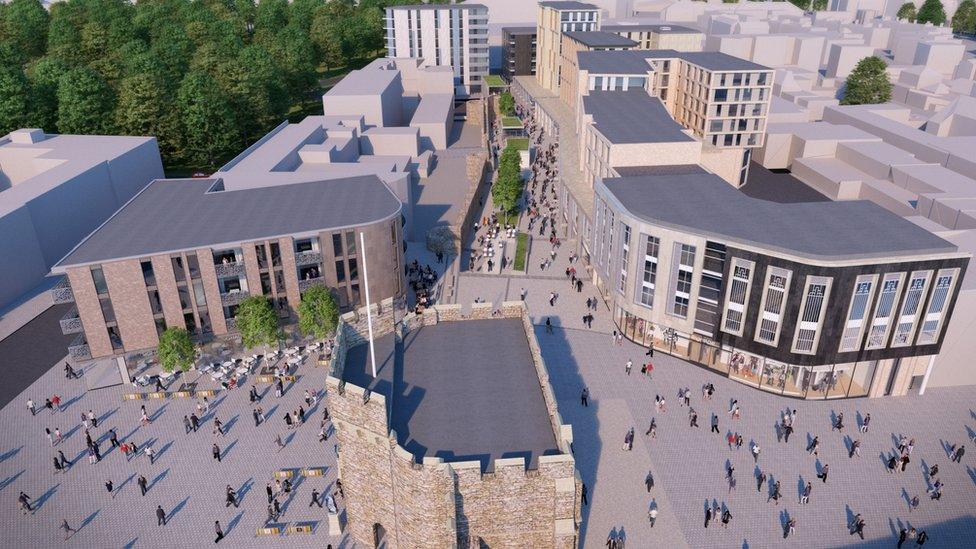
The plans feature a boulevard that includes the city's medieval walls
Plans to redevelop part of central Southampton alongside the medieval town walls have been given the go-ahead by city councillors.
More than 150 flats, as well as student accommodation and shops, would be built in the Queensway and East Street area.
Existing businesses, which face having to relocate, have criticised the proposals.
Developer Tellon Capital said the scheme would "enhance the city and bring the walls back to life".
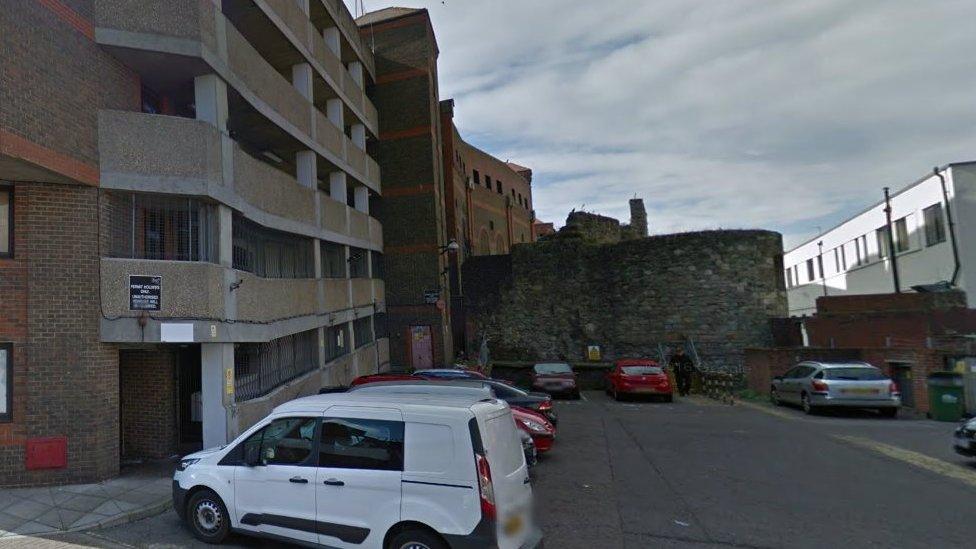
The medieval walls are currently surrounded by buildings
The plans, approved by the council's planning committee,, external involve an open boulevard, making a feature of the medieval walls which are currently tucked away among the side of buildings.
The Bargate was the first part of the town walls to be built, dating to about 1180, with alterations in about 1290. Southampton did not become a city until 1964.
The existing 1980s Bargate shopping centre and multi-storey car park are among the buildings earmarked for demolition to make way for 152 flats, 185 student residential units, shops and restaurants.
About 10 businesses face having to relocate under the proposals.
Dale Milner of Titanic Tattoo and Piercing said the plans were "selfish".
"They've not thought of the people who work in the area - we bring in a lot of money, paying the rates. It's people's livelihoods."

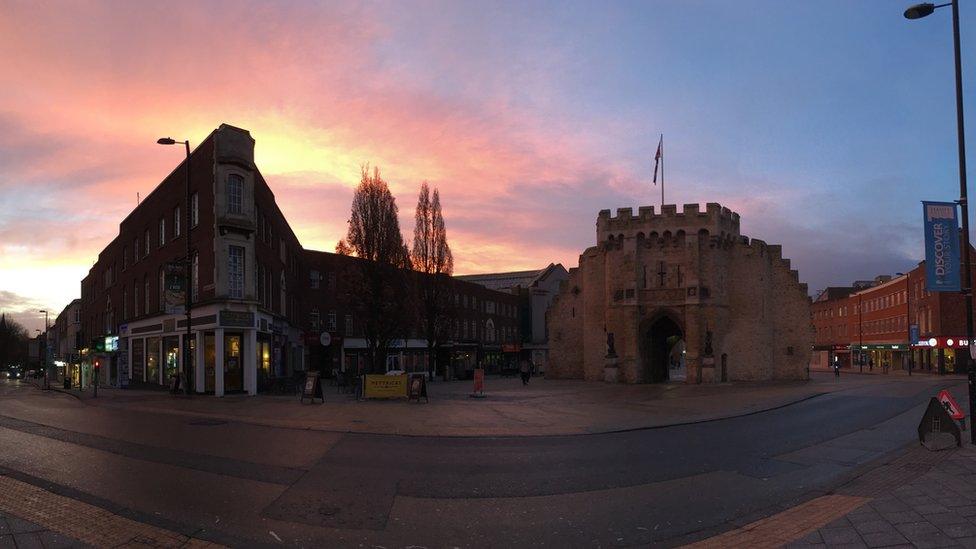
Southampton's town walls
The first sections to be built, Bargate and Eastgate, date from 1180 with alterations made in about 1290.
They were extended following the devastating French raid of 1338. Edward III ordered that walls be built to "close the town", with the western walls completed in 1380.
The walls - including eight gates and 29 towers - stretched for one and a quarter miles, with the Bargate as the entrance to the medieval town.
In the late 19th Century an idea to demolish the Bargate as an impediment to traffic was defeated following a public campaign. But in the 1930s the adjoining walls were removed to allow traffic to flow on either side.
Roughly half of the walls, 13 of the original towers and six gates are still standing, making them some of the most complete medieval town walls in the country.
Source: Southampton City Council

James Burchell of Tellon Capital said discussions were continuing with business owners.
"We'll have a vibrant, dynamic, exciting area which will rehabilitate the walls and the Bargate area.
"We're conscious of disruption to smaller local businesses, but we're also very conscious of the improvement we're going to be making to the city centre."
Council leader Simon Letts said the project represented a "new era" for the city centre.
"The regeneration plans will not only create job opportunities for locals, but the apartments will help to create a vibrant community in the city centre," he added.
Work could start in the autumn with the plans due to take two years to complete.
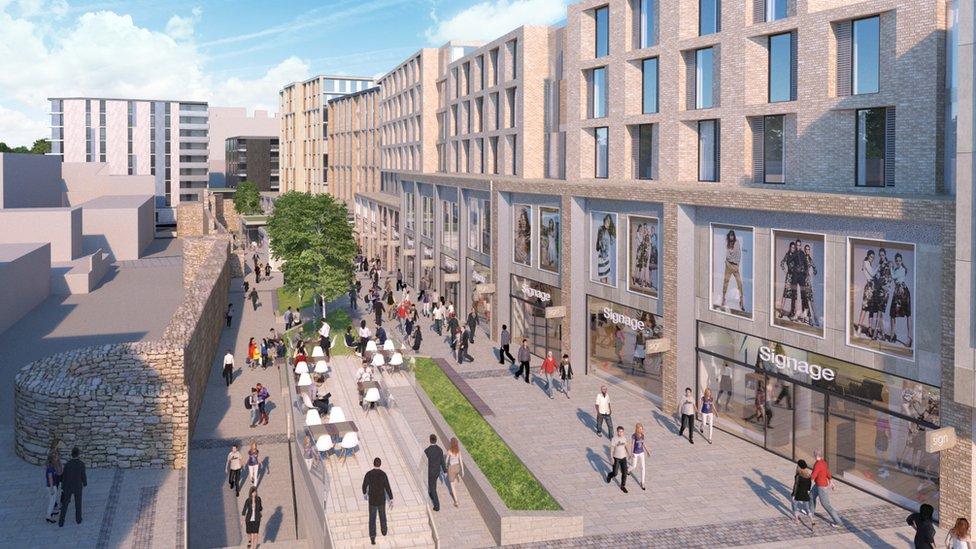
The plans include private flats and student accommodation
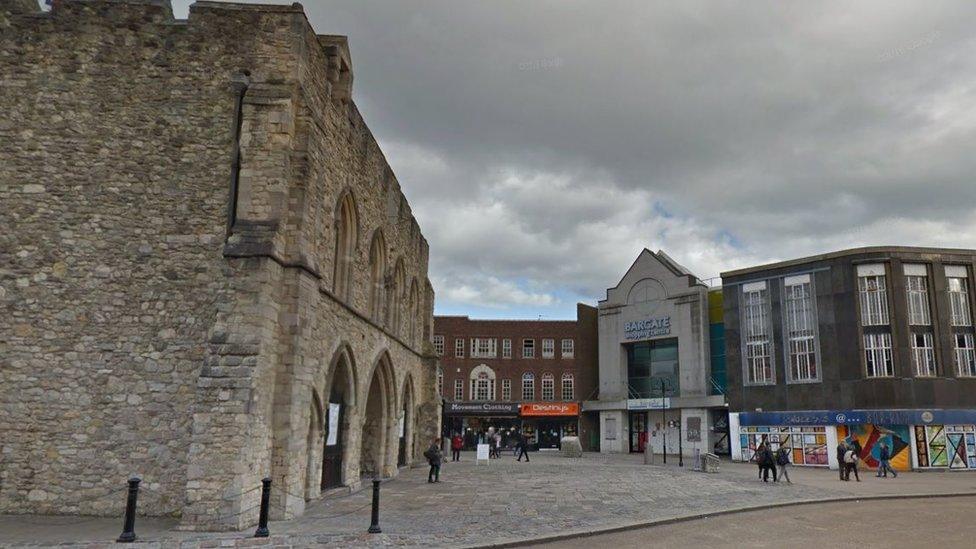
The existing 1980s Bargate shopping centre is set for demolition
- Published30 November 2016
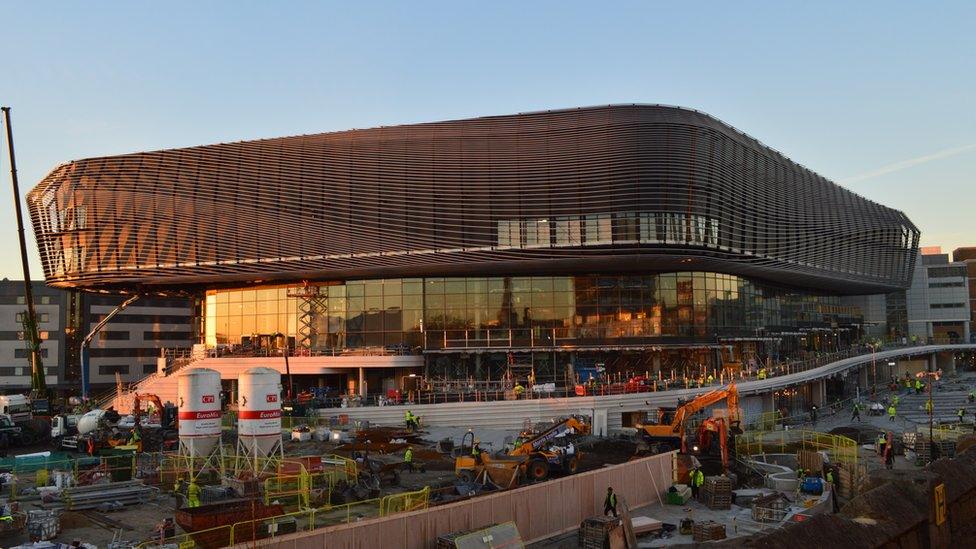
- Published20 January 2016
